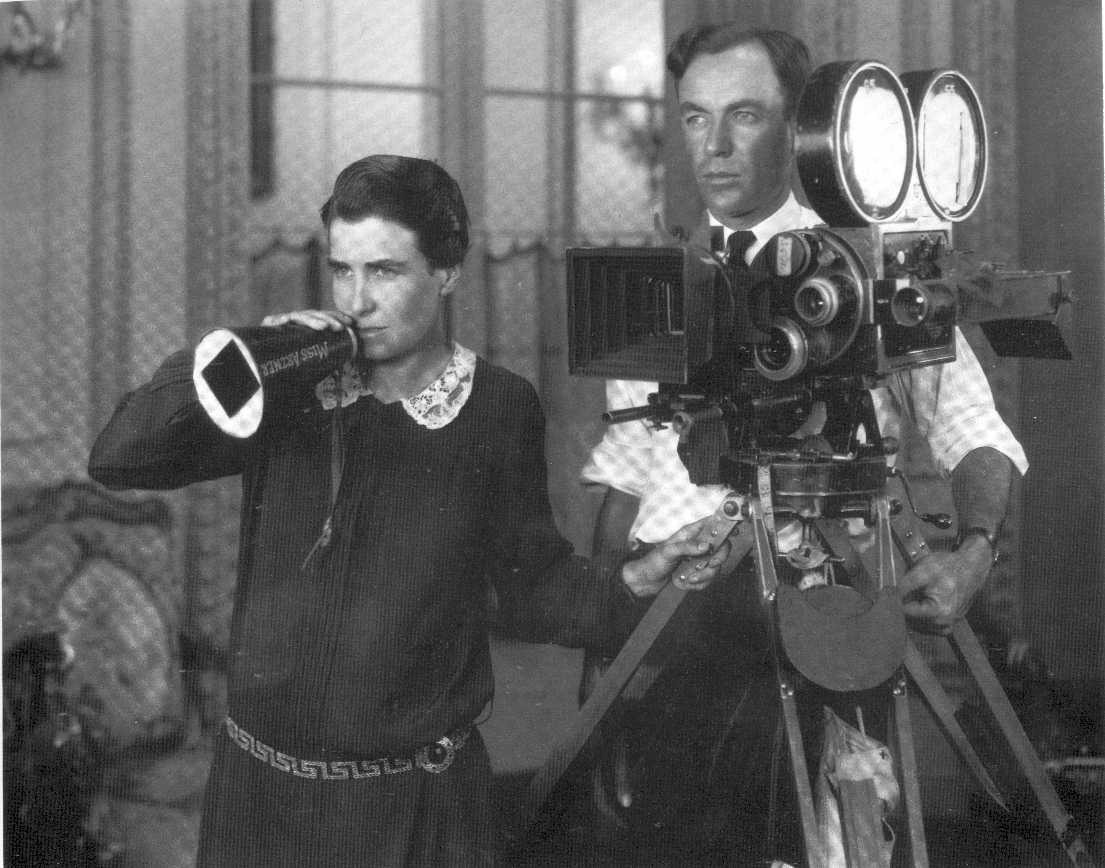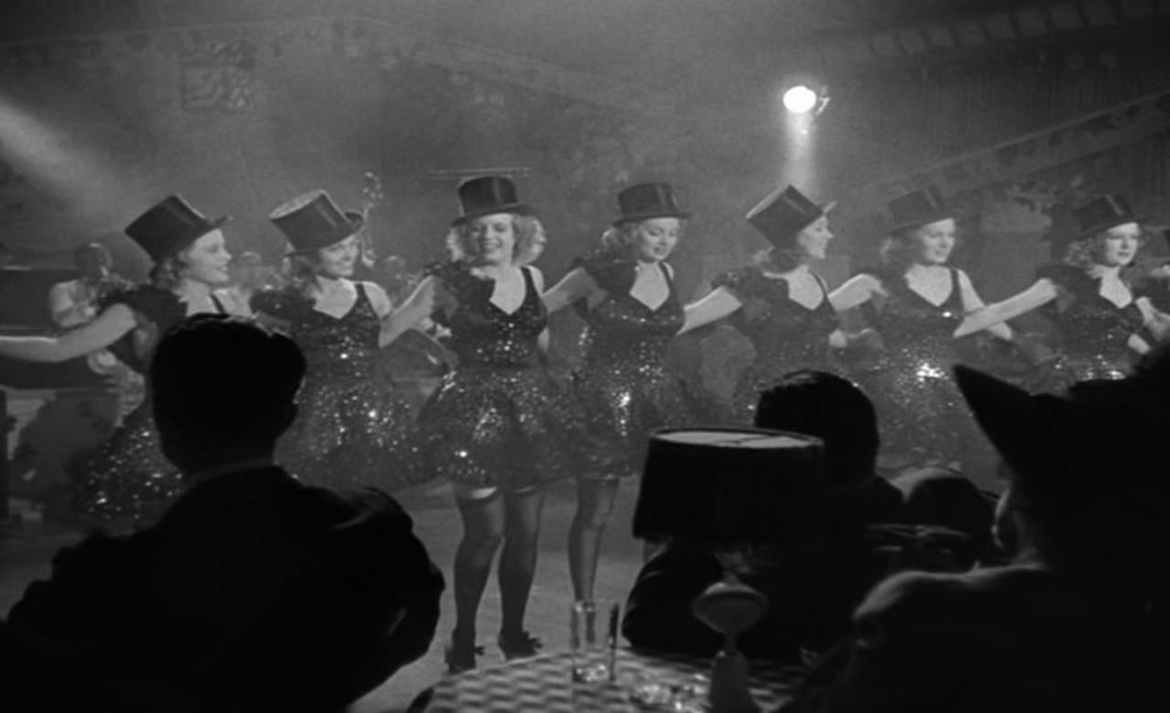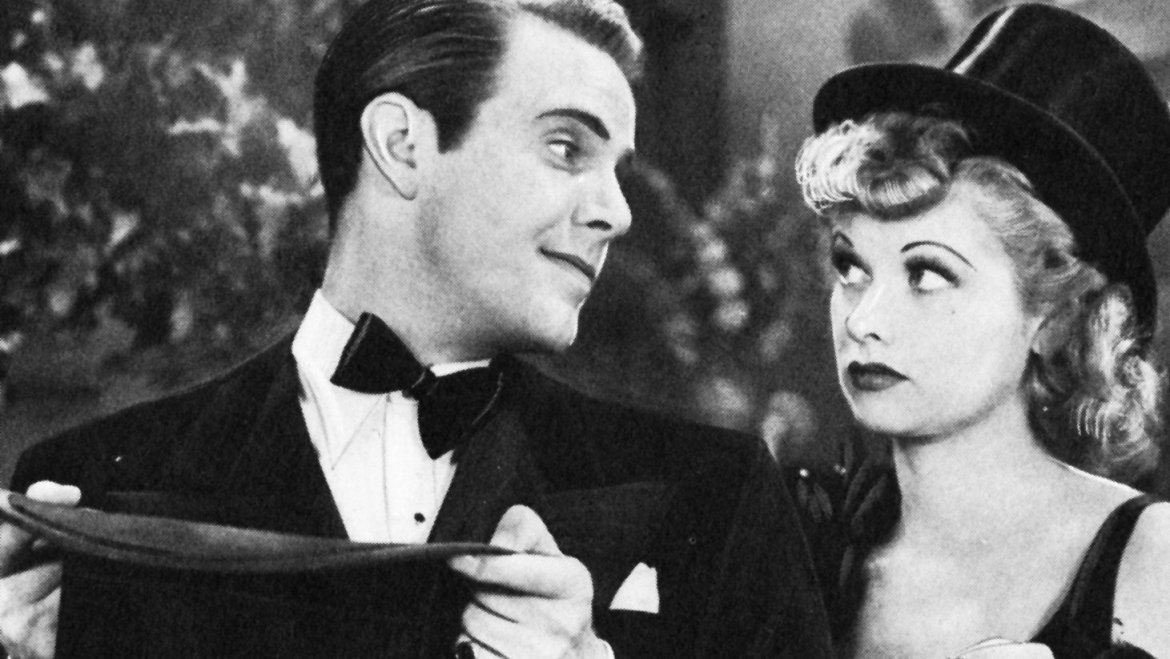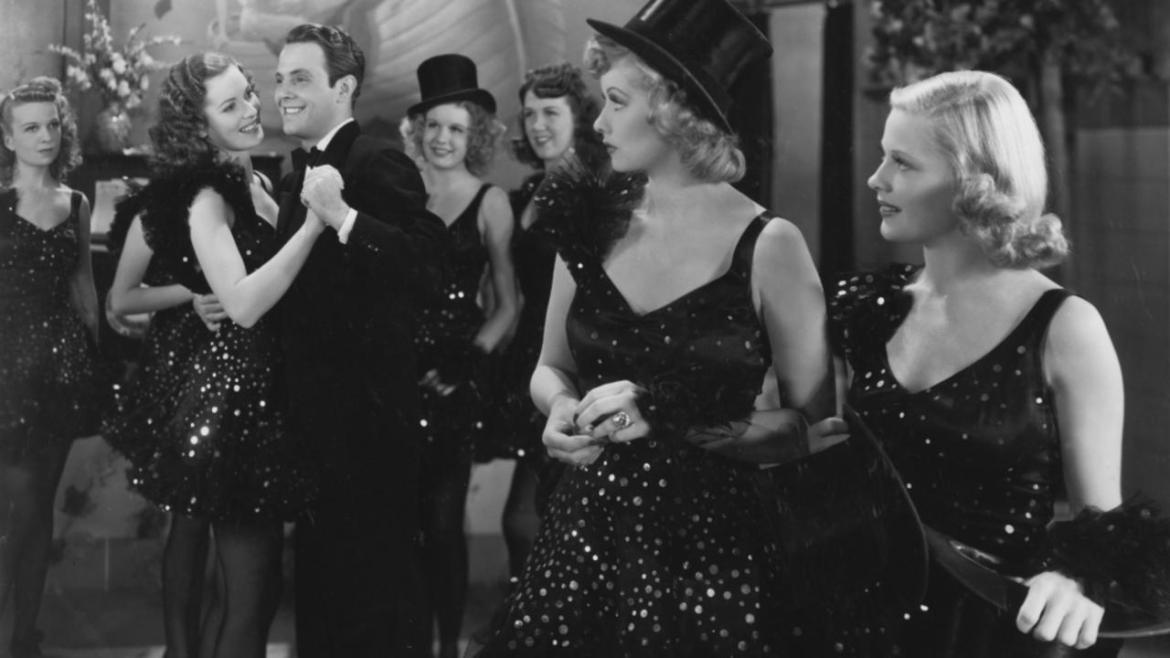Backstage musicals were all the rage in the 1930s and 1940s. During this time, it was impossible to throw a rock without hitting a Dick Powell or a Mickey Rooney leading a troop of ragtag performers who manage to win the day using little except their pluck and wit (as well as a song!). Dance, Girl, Dance is another musical in this sub-genre. While the film hasn’t transcended the decades as well as some of its contemporaries, Dance, Girl, Dance stands apart as notably progressive. While it is a deep cut, this movie is a work of Hollywood cinema which is very worthy of discussion, especially when viewed through a feminist lens.

Dorothy Arzner directed Dance, Girl, Dance. While female directors are few and far between even in contemporary Hollywood, Dorothy Arzner holds the distinction of being the only mainstream female director actively during the Classic Hollywood era. Arzner pulled herself up through the ranks. She worked as a writer and editor in silent films, before eventually directing her first feature in 1927. Arzner directed 20 films. She would become the first female member of the DGA in the 1930s.
Dorothy Arzner’s name is one which has largely faded into the pages of film history textbooks. However, during her time behind the camera, she directed some of Hollywood’s best and fiercest actresses: Maureen O’Hara, Merle Oberon, Billie Burke and Joan Crawford to name just a few. Dance Girl, Dance shows Arzner at her cinematic best, working with interesting and dynamic leading ladies.

Dance, Girl, Dance follows Judy (Maureen O’Hara) and Bubbles (Lucille Ball), two members of a dance troop. When the group eventually falls on hard times, Judy follows Bubbles over to start slumming it on the burlesque stage. Eventually, Judy begins to make a name for herself as Bubbles’ “stooge”. However, things grow complicated when they both fall for Jimmy Harris (Louis Hayward). Men are always a complication…
Watching the film, the treatment of the romantic subplot feels worthy of examination. Interestingly, the romance is not the main goal of the leads, which differs from the usual musical formula. While Judy is clearly smitten with the wealthy and attractive Jimmy, her goal is to be a dancer. In a fascinating moment, Judy stops to wish on a star after a romantic walk with Jimmy. While it is completely believable that she would wish for the man of her dreams, she doesn’t. In fact, in this intimate and personal moment, she wishes to be a dancer. In fact, it is the career ambition of the two female leads which propels the narrative… not the quest for boys. As a result, the film easily passes the Bechdel Test. The multiple female characters have a number of layered conversations throughout the film.

Furthermore, the two main male characters in the film are uninteresting and show very little depth. While the Jimmy and Judy relationship is the one the audience should be invested in, it falls flat. As mentioned above, even Judy doesn’t seem interested. While she is smitten, her feelings for him do not equal the passion she feels for dancing. As the film ends, Jimmy doesn’t end up with Judy or Bubbles. Rather, he’s back in the arms of his former wife (Virginia Field), whose purpose in the narrative is questionable at best.
As the tension between the two leads bubbles over (no pun intended!), Judy cracks. When it looks like her emotion will finally get the better of her during a rough performance, Judy turns her frustration on the audience. The moment is raw, and almost uncomfortably self-reflexive. The scene is simply shot. In fact, O’Hara delivers most of the speech in a tight close-up, speaking straight to the audience.
I know you want me to tear my clothes off so you can look your fifty cents worth. Fifty cents for the privilege of staring at a girl the way your wives won’t let you. What do you suppose we think of you up here with your silly smirks your mothers would be ashamed of….What’s it for? So you can go home when the show’s over, strut before your wives and sweethearts and play at being the stronger sex for a minute…
In this moment, the film (and Arzner) feels to be making a statement. In shooting the scene in this manner, Arzner shows that Judy is not simply talking to the audience at the burlesque show. She’s talking to the movie audience. In fact, film theorists and academics have interpreted the scene as a deliberate comment on the male gaze which is prevalent in Hollywood cinema.

Unfortunately, many of the film’s problematic moments seem to make themselves known during the third act. After Judy’s rousing scene with the audience, the importance of the moment is lost as the women brawl in the middle of the burlesque hall. While these are two scrappy, powerful women (they are brassy showgirls after all), ultimately the moment is over Jimmy. The film seems to further lose sight of the characters as Judy and Bubbles are brought to “night court” after the fight. While the scene is punchy and funny, it is largely out of place in the narrative. In fact, as Bubbles shows off her various scratches (showing an early glimpse of the comedic timing Ball would later be known for) the moment feels more like a burlesque sketch.
Dance, Girl, Dance is one of Dorothy Arzner’s most well-known works. Throughout the backstage musical, Arzner’s imprints powerful and progressive directing style all-over the film. From the beginning, Dance, Girl, Dance feels very different from the other backstage musicals of this era. Coming from a tragically under-remembered female filmmaker, this is a film which is very worthy of discussion.

Episode 37: Scary Dames – Citizen Dame
[…] Kimberly Pierce’s Feminist Friday series continues with a look at the 1940 Dorothy Arzner-dire… […]